Exploring the World's Wine Regions: A Guide to Global Viticulture
Wine is more than just a beverage; it's a journey through time and place, a reflection of the land and the people who cultivate it. Understanding wine regions is key to appreciating the diversity and complexity of wines from around the world. From the historic vineyards of Europe to the innovative wineries of the New World, each region has its own story to tell. In this article, we'll explore the major wine regions globally, delve into their unique characteristics, and learn how to pair these wines with food for an unforgettable dining experience.
A wine region's character is shaped by its terroir—a French term that encompasses the climate, soil, topography, and even the traditions of the area. The interplay of these factors influences the grape varieties that thrive there and the style of wine produced. For example, cooler climates tend to produce wines with higher acidity and lower alcohol content, while warmer regions yield fuller-bodied wines with riper fruit flavors.
Let's begin our journey in the Old World, where winemaking traditions have been honed over centuries.
France is often considered the heart of the wine world, with a winemaking history that dates back thousands of years. Bordeaux, in southwestern France, is famous for its red blends, primarily made from Cabernet Sauvignon and Merlot. The region's maritime climate and gravelly soils contribute to the elegance and structure of its wines.
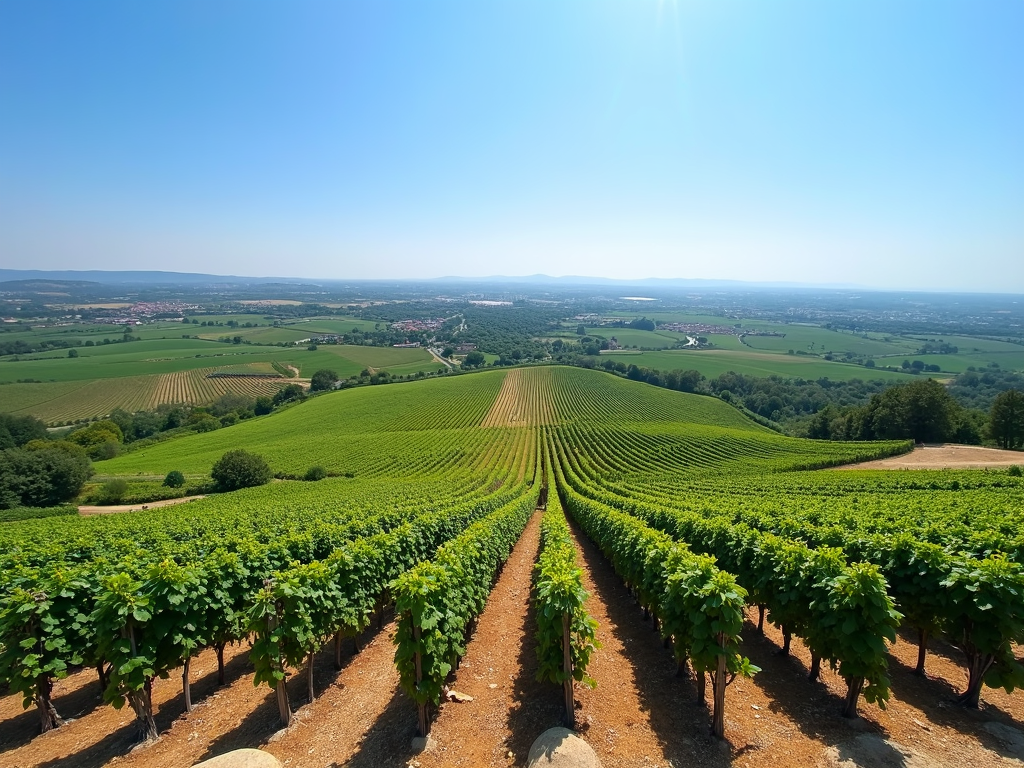
Burgundy, in eastern France, is known for its Pinot Noir and Chardonnay wines. The region's limestone soils and continental climate produce wines with finesse and complexity.
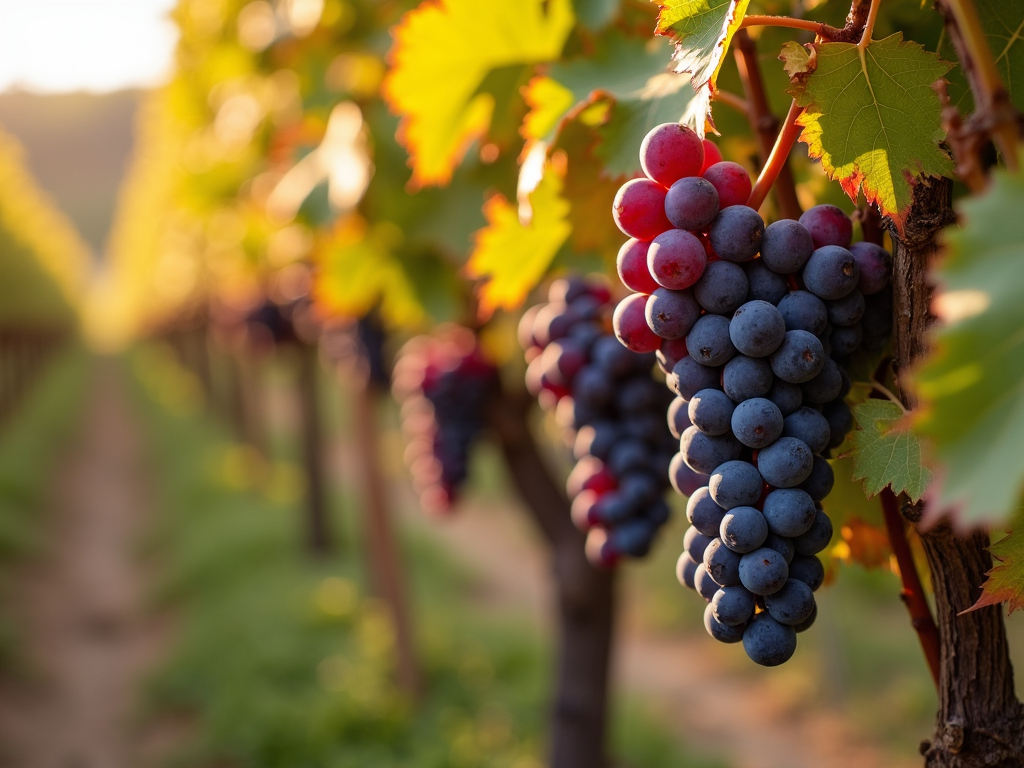
Champagne, in northeastern France, is synonymous with sparkling wine. The cool climate and chalky soils are ideal for producing the high-acid grapes needed for Champagne production.

Italy's Tuscany is famous for its Sangiovese-based wines like Chianti and Brunello di Montalcino. The region's rolling hills and Mediterranean climate create wines with bright acidity and firm tannins.
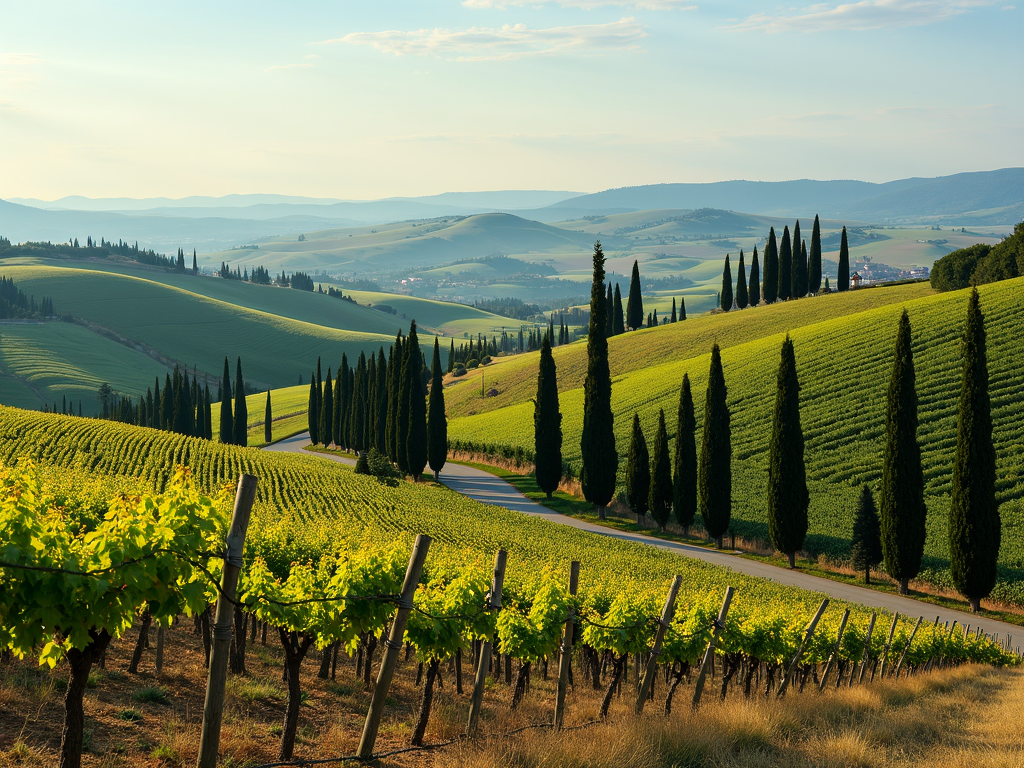
Piedmont, in northwestern Italy, is home to Barolo and Barbaresco, made from the Nebbiolo grape. These wines are known for their power and longevity.
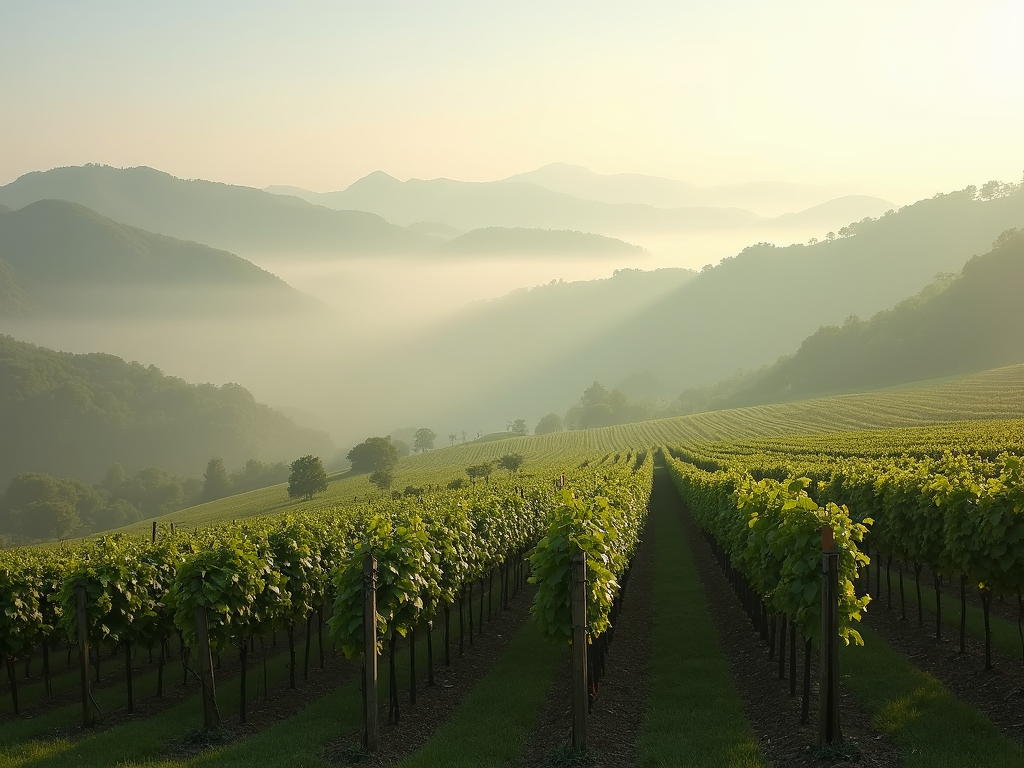
Spain's Rioja region produces Tempranillo-based wines that are often aged in oak, giving them vanilla and spice notes.
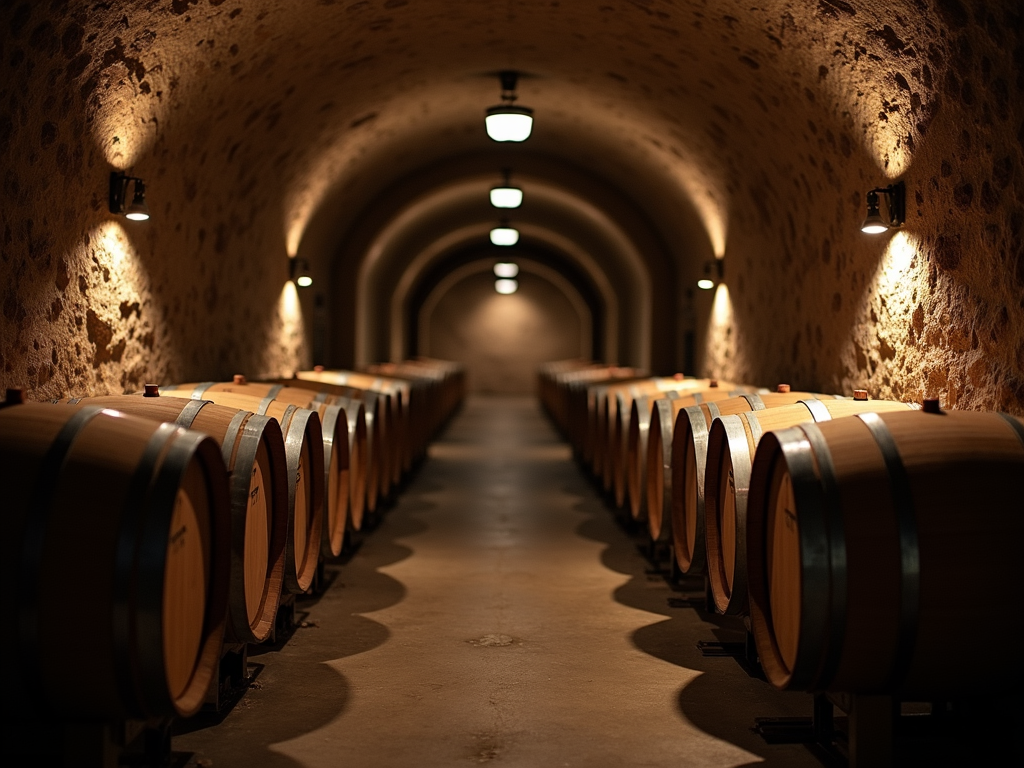
Germany's Mosel region is renowned for its Riesling wines, which range from bone-dry to lusciously sweet.
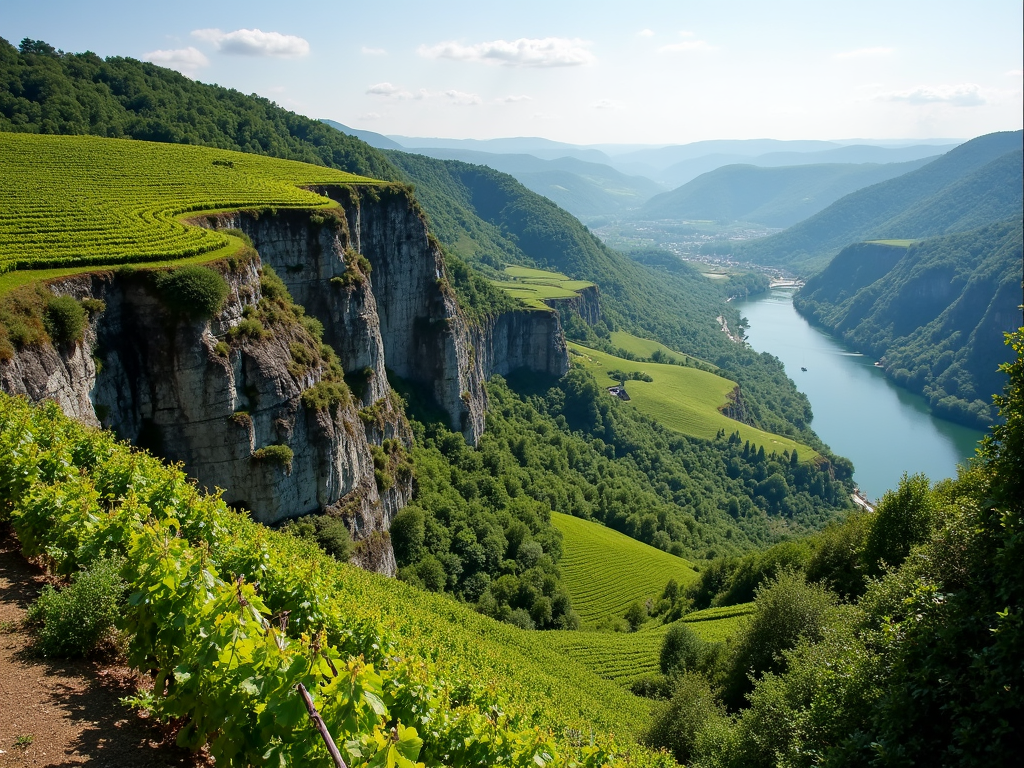
Crossing over to the New World, we find regions that have embraced innovation while respecting tradition.
California is a major player, with Napa Valley and Sonoma being particularly notable. Napa Valley is famous for its Cabernet Sauvignon, while Sonoma has a diverse range of microclimates suitable for various grape varieties.
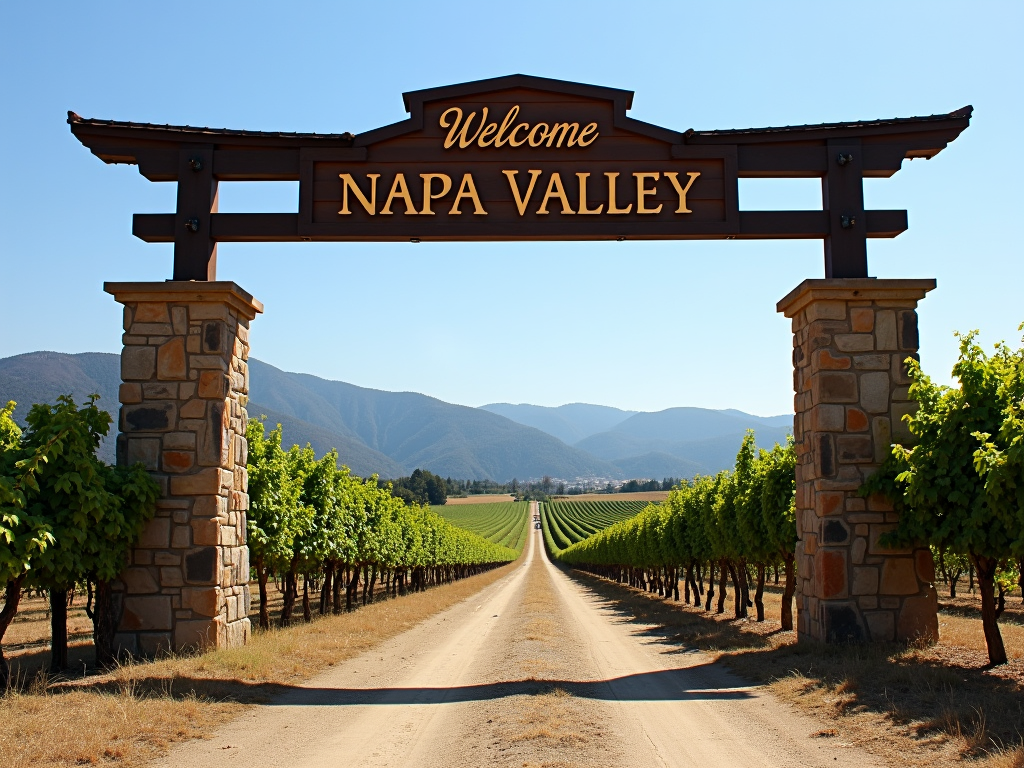
Jackson Family Wines has several estates in California, including Kendall-Jackson in Sonoma and La Crema in Russian River Valley. Their commitment to sustainable practices ensures that their wines not only taste great but also respect the environment.
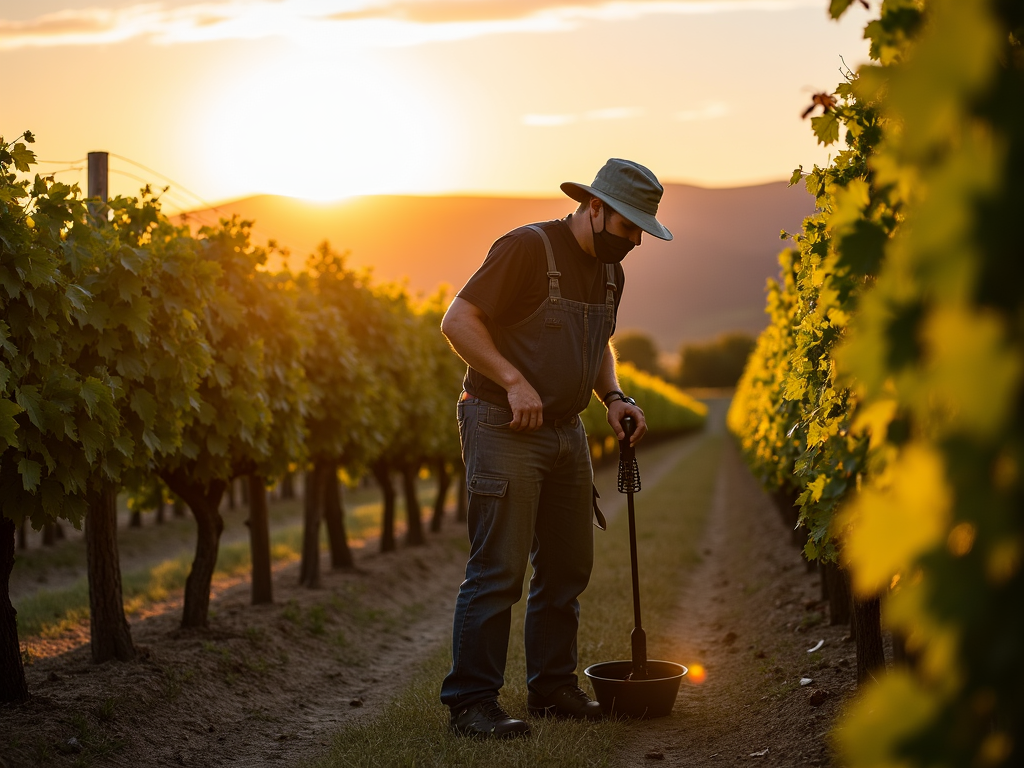
Oregon is known for its Pinot Noir, particularly from the Willamette Valley.

Australia's Barossa Valley produces bold Shiraz wines, while Margaret River is known for its Cabernet Sauvignon and Chardonnay.
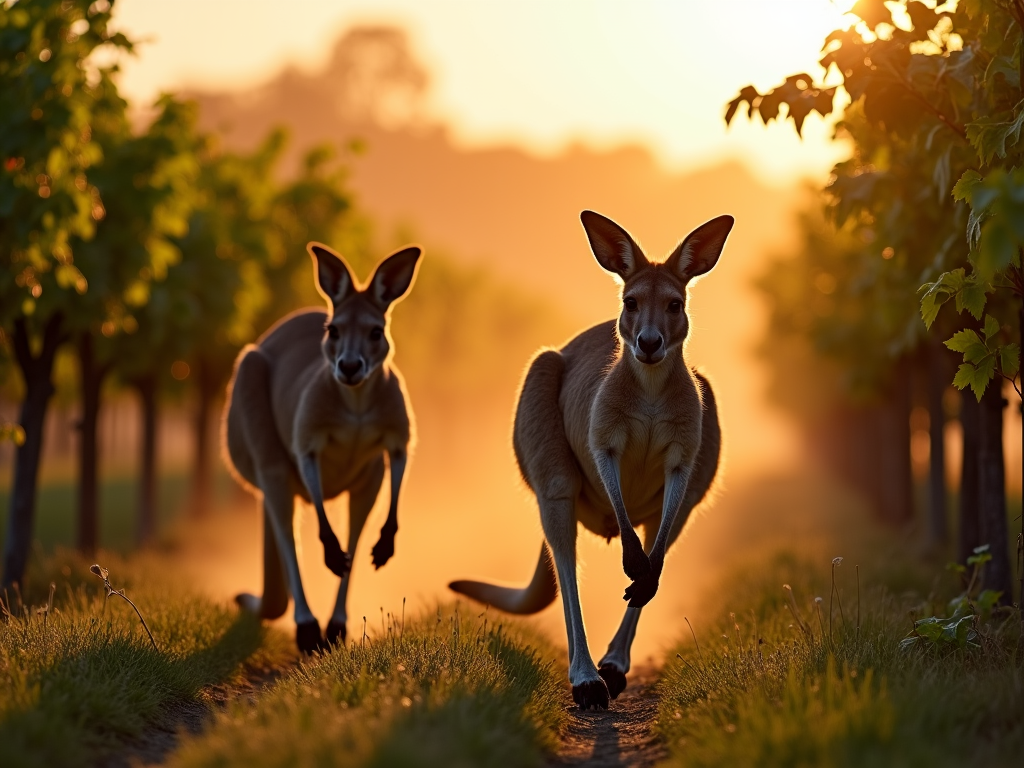
New Zealand's Marlborough region is famous for its Sauvignon Blanc, characterized by its vibrant acidity and tropical fruit flavors.

In South America, Chile's Maipo Valley produces excellent Cabernet Sauvignon, and Argentina's Mendoza is known for Malbec.
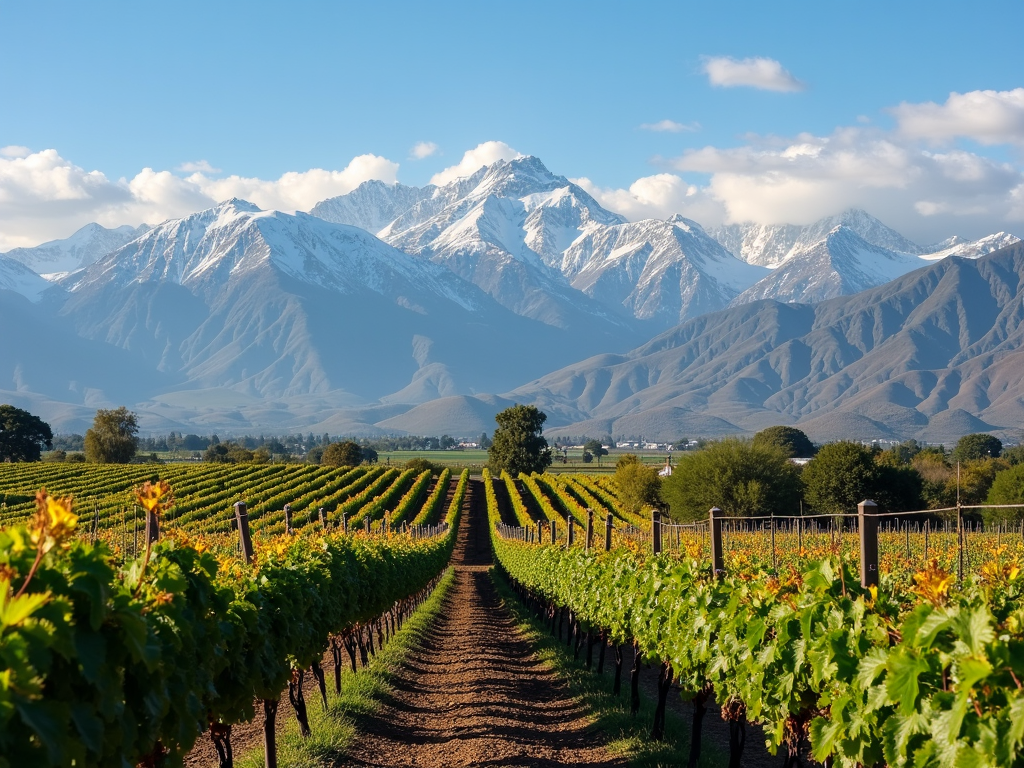
South Africa's Stellenbosch region produces a range of wines, from Chenin Blanc to Pinotage.

Pairing wine with food is an art that enhances both the meal and the wine. The key is to find complementary flavors and textures. For example, a buttery Chardonnay from Jackson Family Wines pairs beautifully with creamy pasta dishes or roasted chicken. Their Pinot Noir, with its red fruit and earthy notes, is a great match for duck or mushroom risotto. For heartier fare, their Cabernet Sauvignon stands up well to grilled steaks or lamb.

Understanding wine regions enriches our appreciation of wine. Each region offers a unique expression of its terroir, and by exploring these differences, we can find wines that suit our tastes and pair perfectly with our meals. Jackson Family Wines, with their global presence and commitment to quality, provide an excellent starting point for this journey.